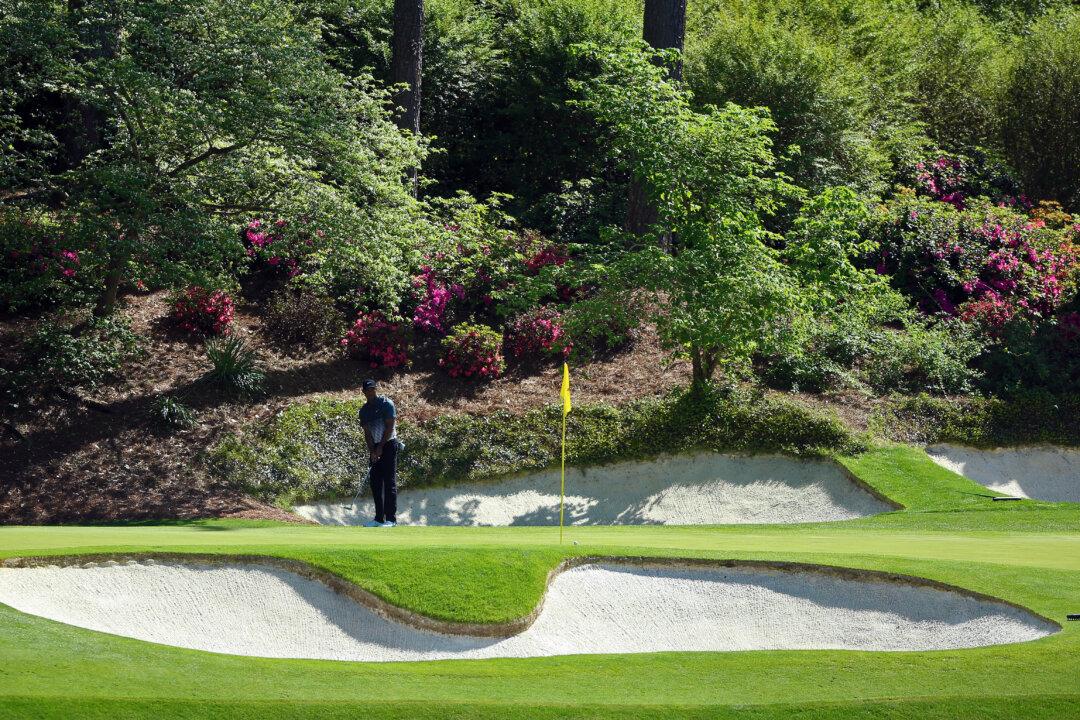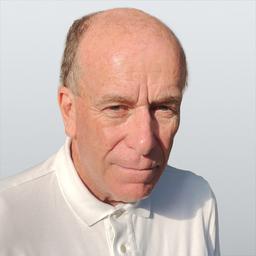 RICHARD MANDELL
RICHARD MANDELL KELLY BLAKE MORAN
KELLY BLAKE MORANHas designed golf courses for over 30 years collaborating with other professionals to produce 23 new golf courses, and renovate 15 existing courses in 5 countries. Based in the United States and can be contacted at [email protected].
 LESTER GEORGE
LESTER GEORGE
Golf course architect for 25 years - located in Richmond, VA. Member of the ASGCA since 2006, retired as U.S. Army Lt. Colonel. Notable award-winning designs and renovations include Kinloch Golf Club, The Old White, Country Club of Florida, Ballyhack Golf Club, Independence Golf Club. www.georgegolfdesign.com.
![rsz_ian_andrew_headshot_1[1]](/_next/image?url=https%3A%2F%2Fwww.theepochtimes.com%2Fassets%2Fuploads%2F2015%2F04%2F11%2Frsz_ian_andrew_headshot_11-674x578.jpg&w=1200&q=75) IAN ANDREW
IAN ANDREW
Has been a golf course architect since 1989, a member of the ASGCA since 2004 and lives just outside Toronto. www.Andrewgolf.com.
 STEPHEN KAY
STEPHEN KAY
Member ASGCA, in practice since 1983 and has done renovation work at more than250 golf courses. Has designed 20 new golf courses while providing renovation services to over 250 courses specializing in Donald Ross, A.W. Tillinghast and Charles Banks courses. Architects GC, and restoration of Llanerch CC, are examples of his work. www.kayandsmithdesign.com.
First question: Founder Bobby Jones and course architect Alister MacKenzie patterned the creation of Augusta National Golf Club after many of the qualities found at The Old Course at St. Andrews which both men respected immensely. Has the movement in recent years away from the original intent sought by Jones and MacKenzie been a good or bad thing from an architectural dimension?
MORAN: The ideas embodied in the ancient qualities of the Old Course are important. The further we move away from those ancient ideas the less we may enjoy our present pursuits.
KAY: It’s both. The ‘risk and reward’ is not as much as they intended it but they could have never imagined how good these players would be come both in talent and in equipment improvement -- including the maintenance improvements made.
MANDELL: When I think of Augusta National, I think that MacKenzie’s course is long gone and what remains is “The Masters Course”. It is tough to keep a golf hole relevant in terms of angles when everyone hits 300 yard drives. I have no problem extending the length of the hole to give some challenge and restoring the possibility of a long iron as an approach on a par four. But I am not in favor of narrowing holes with trees as a defense. Why we wonder why every club in America is overgrown with trees I'll never understand and now it will only get worse as more and more greens chairmen see the narrowing of Augusta.
ANDREW: It was originally a course full of width and options. Competitors had the opportunity to play for positions that made certain pin locations much easier to access. For many of the holes, the addition of rough and trees have removed these options. Those holes are less compelling to watch.






